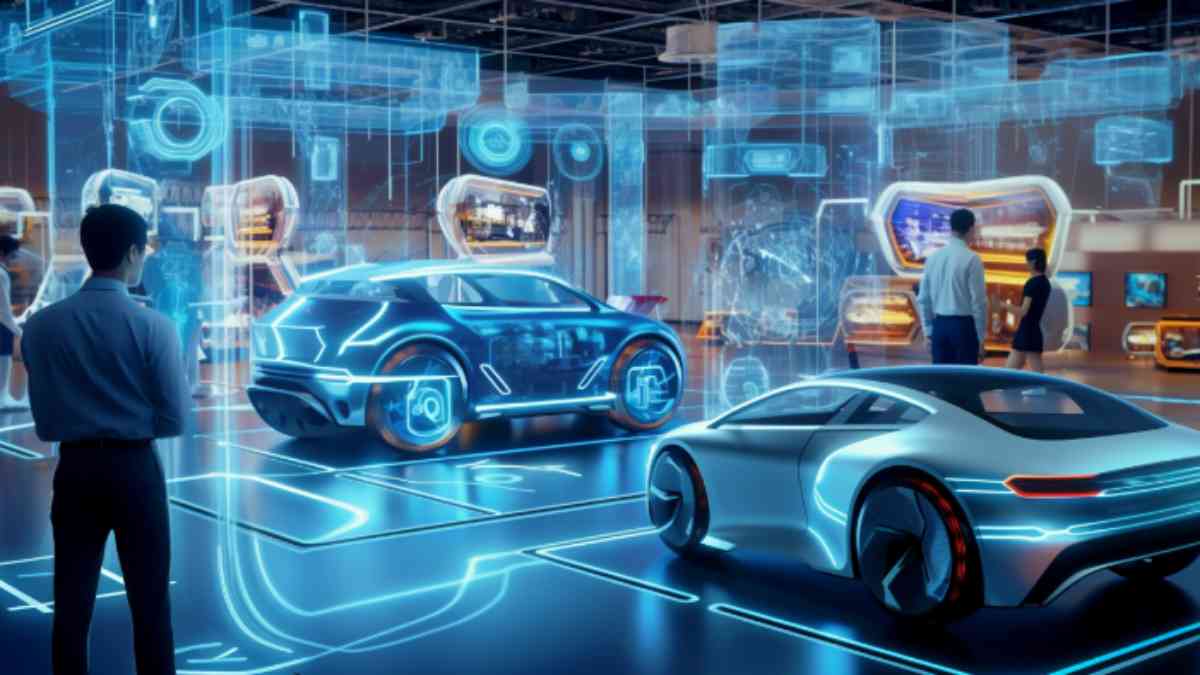Introduction
General Motors (GM) stands as a beacon of automotive innovation, consistently pushing the boundaries of technology in the industry. One of the most transformative advancements at GM has been the integration of AI software. This technology underpins key aspects of design, manufacturing, and vehicle operation, shaping the future of mobility. This case study explores the role of AI software at GM and its impact on the automotive sector, focusing on how intelligent systems enhance efficiency, safety, and customer experience.
The Evolution of AI Software at GM
GM began adopting AI software to address complex challenges in vehicle development and production. From predictive maintenance to autonomous driving, AI technologies have become embedded across GM’s operations. By leveraging machine learning, computer vision, and natural language processing, GM improves decision-making processes and streamlines workflows.
AI-Powered Manufacturing Enhancements
Manufacturing at GM has seen remarkable improvements due to AI software. Intelligent robotics powered by AI handle intricate assembly tasks, reducing errors and increasing speed. Predictive analytics forecast equipment failures before they occur, minimizing downtime. These AI systems analyze sensor data from factory equipment, enabling proactive maintenance strategies that optimize operational efficiency.
Intelligent Vehicle Design and Testing
AI software at GM facilitates advanced design simulations and testing. Virtual environments powered by AI allow engineers to test new vehicle concepts rapidly, reducing reliance on costly physical prototypes. These AI-driven simulations predict aerodynamic performance, structural integrity, and safety features, expediting the product development lifecycle.
Autonomous Driving Technologies
One of GM’s most prominent AI applications lies in autonomous vehicle development. The company’s Cruise division uses AI software for real-time data processing and decision-making, enabling safe and reliable self-driving cars. Machine learning algorithms interpret sensor inputs like lidar, radar, and cameras to navigate complex urban environments, detect obstacles, and make split-second decisions.
AI in Customer Experience and Support
Beyond engineering and manufacturing, AI software at GM enhances customer interactions. Chatbots and virtual assistants provide instant support and personalized vehicle recommendations. AI analyzes customer feedback and driving habits, enabling GM to tailor services and updates to individual needs. This approach fosters loyalty and satisfaction among GM’s customer base.
Data Management and Cybersecurity
With the influx of data from connected vehicles, AI software plays a vital role in managing vast datasets securely. GM employs AI-driven cybersecurity solutions to detect and mitigate threats in real-time, protecting vehicle systems from hacking attempts. This ensures the integrity and safety of GM’s smart vehicles in an increasingly connected world.
Sustainability Through AI
AI software also helps GM meet sustainability goals. AI optimizes energy consumption in manufacturing and improves battery management in electric vehicles. These innovations contribute to GM’s commitment to reducing carbon emissions and advancing green automotive technologies.
Challenges and Future Prospects
Despite significant progress, integrating AI software at GM comes with challenges. Ensuring data privacy, managing AI model biases, and meeting regulatory requirements require ongoing attention. However, GM’s continued investment in AI research and partnerships with tech firms promise exciting advancements in the near future.
Conclusion
AI software at GM serves as a catalyst for innovation across automotive design, manufacturing, autonomous driving, and customer service. By embracing AI technologies, GM not only enhances efficiency and safety but also drives the industry toward a smarter, more sustainable future. This case study demonstrates how AI is integral to GM’s strategy for maintaining leadership in the rapidly evolving automotive landscape.
FAQ Section
What is AI software at GM used for?
AI software at GM is used for manufacturing automation, vehicle design simulation, autonomous driving, customer support, cybersecurity, and sustainability initiatives.
How does AI improve manufacturing at GM?
AI-powered robotics and predictive maintenance reduce errors and downtime, increasing manufacturing efficiency.
What role does AI play in GM’s autonomous vehicles?
AI processes sensor data to help self-driving cars navigate safely and make real-time decisions.
How does GM use AI for customer experience?
GM utilizes AI chatbots and data analytics to offer personalized support and vehicle recommendations.
What cybersecurity measures does GM employ using AI?
GM uses AI to detect and respond to cyber threats in real time, protecting vehicle systems from attacks.
How does AI contribute to GM’s sustainability efforts?
AI optimizes energy use and battery management, helping reduce emissions and promote green technology.
What challenges does GM face in using AI?
Challenges include data privacy, AI bias, and regulatory compliance.
What is the future outlook for AI at GM?
GM plans to expand AI integration, enhancing vehicle intelligence and manufacturing processes further.
